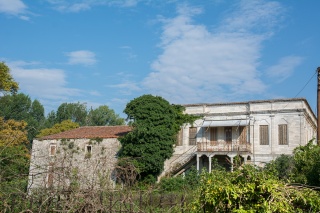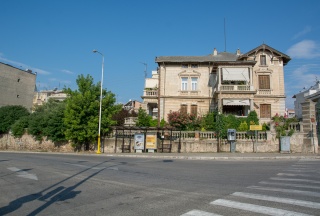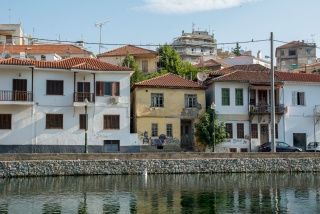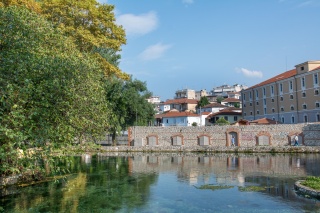Traveler's Guide
East Macedonia & Thrace
Drama
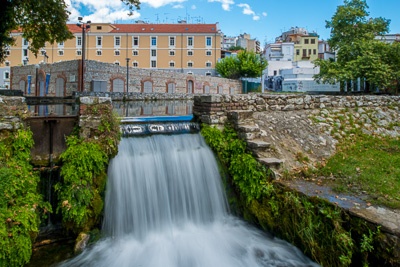
Below the peaks of Falakro, streams, towering trees covering sources and streams, calm pace of life in the neighborhoods and parks, hospitable and gracious people compose the image of the city which is located in the heart of the prefecture and is the starting point for most excursions in the countryside.
Its habitation is lost in the mists of prehistory.
The oldest inhabitant is found to the middle of the 6th millennium. It has been selected as place of establishment of the Neolithic settlement of Arkadiko south of the park of Saint Barbara. This settlement remains a place of establishment until the early Bronze Age and sporadically in historical times.
But in ancient times, the core of the settlement was located inside the precinct of the Byzantine walls of Drama.
In Roman times, the present city was an important station of the road network, within the extensive colony of Philippi. The name of this was Daravescus.
A basic component to the character of the area is the prevalence of the cult of Dionysus. The god of joy and wine was identified with the region, worshiped by the inhabitants as nowhere else in the world and there is a relationship that lasts until today.
Drama appears as a powerful castle with commercial and strategic interest in post-Byzantine era, and became a place of residence and recreation of the Empress Irene of Montferrat.
The occupation of the city by the Ottomans in 1383 will bring a period of stagnation.
The 18th century was the period of the heyday of Drama, that turns into a famous residential center because of the spinning mills and of dyeing of the cotton and rice cultivation.
In the 19th century, the development of trade of tobacco will give new impetus to the city and will bring it into contact with the markets of Turkey and southeastern and central Europe and the architectural physiognomy of these countries. The result could be a significant variation of the traditional structure of the city and the emergence of European influence in the style of buildings.
Drama was liberated from foreign occupation in July 1913.
After the war and after two Bulgarian possessions, it constitutes the financial, administrative and cultural center of the prefecture with considerable growth and changes in its profile of.
Worth visiting are the archaeological museum, where local history from the beginnings (5000 BC) until the liberation (1913) unfolds, the church museum, the remnants of medieval city walls, the devout church of Hagia Sofia (10th century), the old Cathedral and the schools of the Greek Orthodox Community of Drama, the listed buildings, the mansion of Tzimos (Taxiarchy), former house of Anastasiadis ("Marbled house").
It is worth visiting the park of Santa Barbara with its excellent cafes and restaurants and wander around the narrow streets of the old town, where you will like the picturesque corners.
Address
No information available.Contact Information
No information available.
